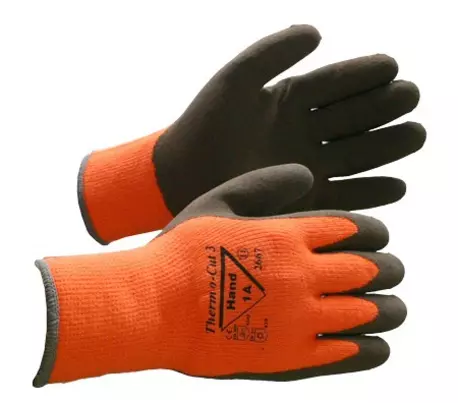
Features You'll Love

Liner Style · Winter Liner
EN 388 · Tear Resistance Level 4, Puncture Resistance Level 2
EN 511 · Cold Contact Level 2
The inner layer or coating that affects comfort, ease of putting on gloves, mois...

EN 388 · Abrasion Resistance Level 2
Withstands moderate rubbing and friction, offering good protection for tasks inv...
Hand1A Thermo-Cut Coated Cut Protection Gloves
5 / 5
41,01 €
46,92 €Price per 12 pairs
3,42 € / pair
Choose size
Shipping fee is 5,00 € for orders under 150,00 €
Features You'll Love

Liner Style · Winter Liner
EN 388 · Tear Resistance Level 4, Puncture Resistance Level 2
EN 511 · Cold Contact Level 2
The inner layer or coating that affects comfort, ease of putting on gloves, mois...

EN 388 · Abrasion Resistance Level 2
Withstands moderate rubbing and friction, offering good protection for tasks inv...
Product description
The product description has not been specified


